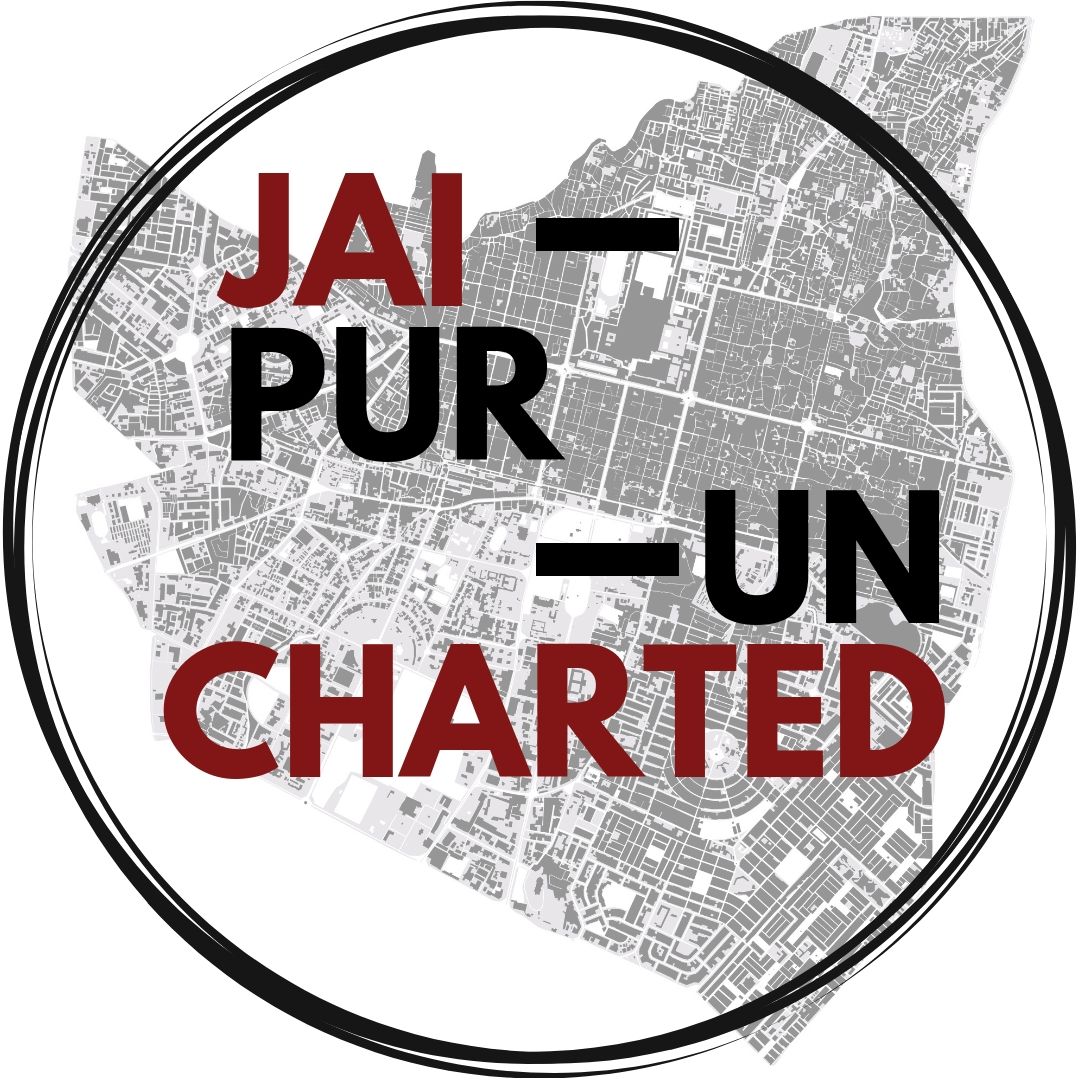Lined up with shopping arcades on both sides, streets become bazaars, messengers of the lifestyle, one dominates the other only in terms of transcending merchandise, size, intensity or interest. The unusually wide pavements emphasise that the streets are intended more for people than anything else.
While on the one hand, movement at a pedestrian’s pace allows socialisation and observation of human conduct, on the other hand, makes the city discernible. The land utilisation is intense, with most of the open spaces absorbed into the residential clusters, daily activities and community use.
The space above the shops on the first-floor level becomes a perfect gallery for watching royal processions, religious festivities and public celebrations. This is when the whole city becomes an amphitheatre. Its streets throb with life, activity and colour. In the modern context, however, these small gestures of interest in public life have been forgotten, and the terraces have been reduced to platforms for installation of air conditioning units.

2 replies on “Bazaars of Jaipur”
Nice post. I learn something more difficult on totally different blogs everyday. It’s going to all the time be stimulating to read content material from other writers and practice a bit one thing from their store. I抎 want to use some with the content on my weblog whether or not you don抰 mind. Natually I抣l offer you a link on your web blog. Thanks for sharing.
This seems really interesting Chandani. I am currently researching on street food stalls as places of commensality in Jaipur and would love to connect with you.